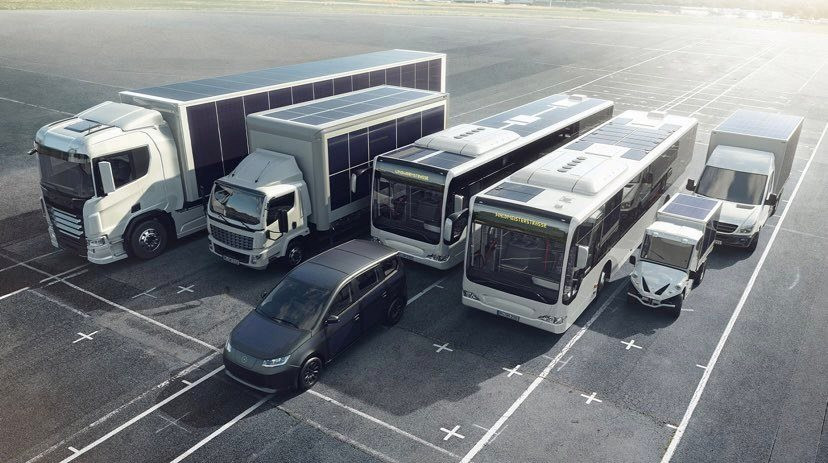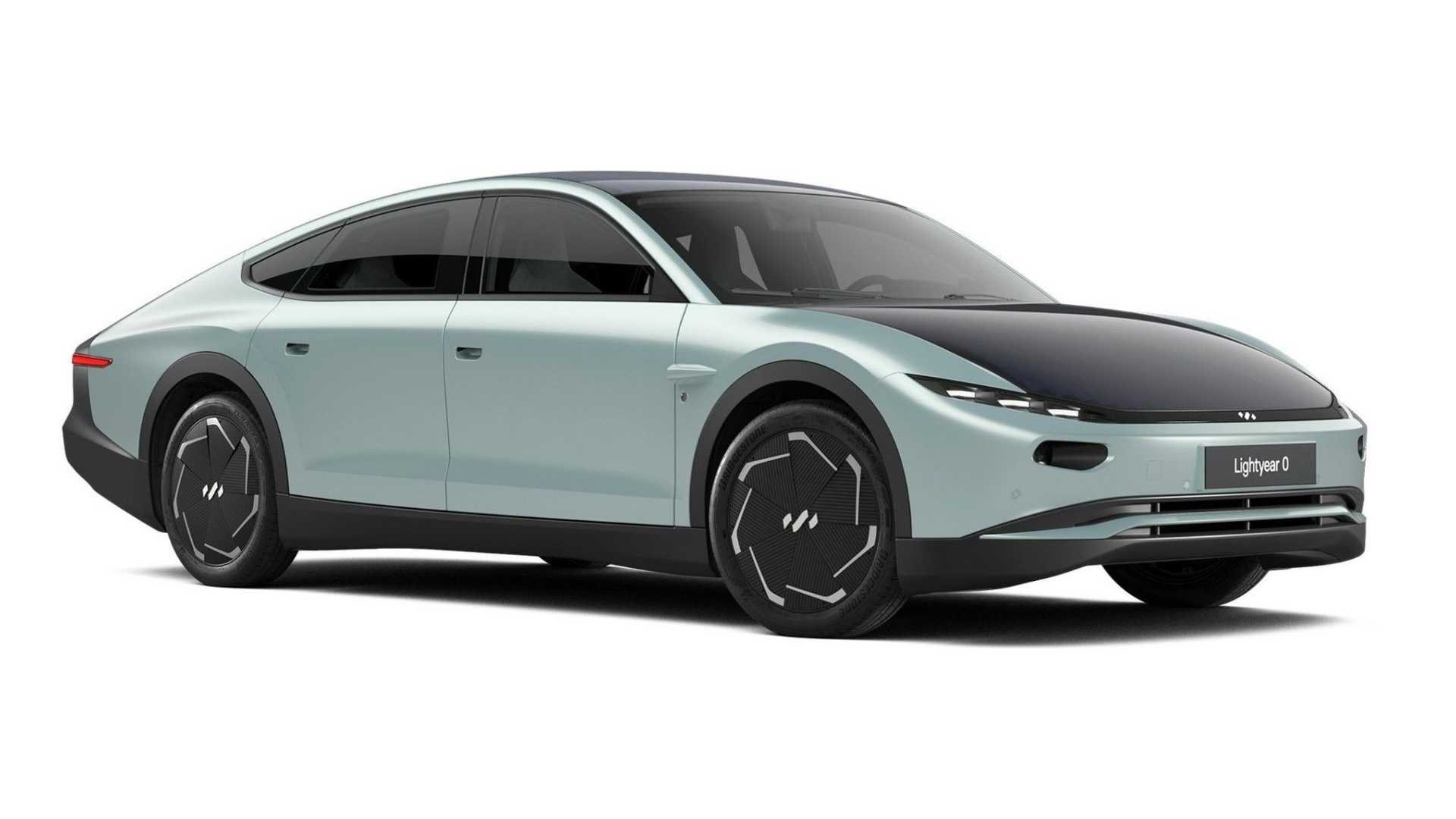Solar-powered cars are no longer a fantasy – The German automaker is about to launch the car of the future in 2023, the list price is more than 600 million VND
- Tram Ho
Electric vehicles are considered to be a step forward for mankind, along with hydrogen fuel cell cars and will the next innovation be solar-powered cars?
And that future is not far away. According to a German company, their solar cars are coming with a release date set for 2023. While powering cars with the sun has long been talked about, Sono Motors seems to be the closest company to making this dream come true and especially at an affordable price point.
German car company Sono Motors plans to release its first commercial solar-powered vehicle, the Sion, in Europe in mid-2023. The car is also set to be shipped to the US for setup. a potential market for this vehicle in North America. Notably, the Sion will cost $ 25,000, equivalent to more than 600 million.
This price makes the car significantly more affordable than many electric cars on the market. It requires 465 solar battery units and can run 120 km a week on pure solar power alone. In addition, this car is also equipped with a lithium battery for longer journeys, giving it a range of 304 km, with the ability to charge up to 80% in 35 minutes using a fast charging station.

Illustration
Sono announced that it has received 42,000 pre-orders for the Sion in Europe and that it hopes to produce 257,000 units by the end of the decade.
The car company has cut production costs by only offering a black version of the car and will further reduce costs by following the online sales model. Furthermore, the vehicle is fitted with an aluminum frame instead of steel to cut costs and requires no paint due to its spacious solar panels.
The solar panels that Sono uses are polymer-based solar technology that is still under development. Company CEO Laurin Hahn explains: ” We have more than 30 patents and that’s the difference. Other companies trying to integrate solar power all use glass primarily. However, glass is heavy, slow to manufacture, and very expensive .”
The car will also be equipped with a dashboard app that provides information to the driver about the power status and when to charge. It will also be capable of charging other electric devices, even other electric vehicles.
Mr. Hahn believes that assembling electric vehicles with solar panels will become the norm in the future, as it does not add costs to the manufacturing process and it can diversify renewable energy sources. of the car.
Sono isn’t the only company hoping to power solar-powered vehicles, as several companies around the world have already released prototypes and vehicles with the ability to use solar energy. In June of this year, Dutch startup Lightyear announced the Lightyear 0 vehicle, equipped with 5m2 of rooftop solar panels, bonnet and starter for additional charging while driving. The vehicle can be powered at a traditional electric vehicle charging station and receive additional energy from the sun, with a range of up to 64 km per day and a range of 620 km from traditional charging. Lightyear expects the car’s selling price to be about $247,000, nearly 10 times more expensive than the Sion’s selling price.

The Lightyear 0 was released before
“ Through Lightyear 0, we are delivering a new future for drivers who want the freedom to move with the peace of mind of sustainable energy, and that future starts now,” the company said. This flagship solar vehicle is expected to go into production later this year .”
In October, a group of students from Eindhoven University of Technology produced their car called Zem, a car that can clean carbon from the air while driving. Vehicles are fitted with a carbon capture device that absorbs and stores more CO2 than it emits. It is also equipped with solar panels and electric batteries. Although this type of automotive technology took a long time to come to market, students have already demonstrated the potential to combine electric batteries, solar panels and carbon capture technology to improve efficiency. performance and reduce its impact on the environment by not relying solely on lithium batteries.
While a purely solar-powered car has yet to be launched, there are bright hopes for incorporating solar technology into traditional electric vehicles to increase range and complement add the ability to charge renewable energy. As innovation in solar panel technology is happening, the potential to use energy from the sun to power vehicles, with commercial services is likely to disappear. distant.
According to Sonoautos.com
Source : Genk
